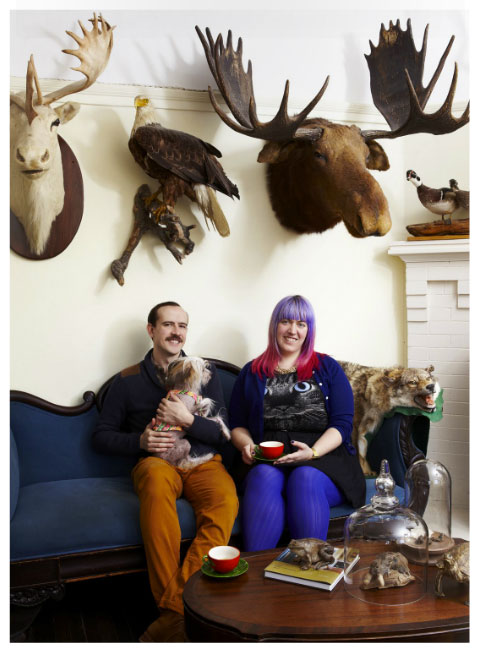Institutional critique has a history in both the art world as well as the academy. As an artistic practice, its earliest formation focused on establishing a relationship between the work and its site while at the same time demanding the physical presence of the viewer for the work’s completion. In a 1969 interview with Robert Barry, he declared that his work was “made to suit the place in which it was installed. It cannot be moved without being destroyed” (Rose, 1969, p. 29). This can be seen in his 1969 piece Closed Gallery which consisted of three invitations to gallery shows in Amsterdam, Turin, and Los Angeles that were printed on simple white cards—a simplicity similar to the black print of information on the white gallery wall. The invitation informed the recipients that during the exhibition, the gallery would be closed. Similarly, Fred Wilson exposed the cultural boundaries of the art institution by turning the museum inside out in his 1992 piece Mining the Museum. In this site-specific work, Wilson temporary reorganized the institution’s permanent collection by displaying items from the archive which would otherwise remain unselected for exhibition and therefore unseen.
While Barry’s and Wilson’s critique focused around notions of accessibility and selection, Maria Eichorn examined the economic boundaries of the institution in her 2001 piece Money at the Kunsthalle. Using her exhibition budget to pay for the much-needed renovation of the gallery, the show was the renovation process itself, inviting visitors to enter rooms that would normally be closed due to construction. In Suzanne Carte and Su-Ying Lee’s collaborative project (2013) Under New Management, they transformed the gallery into a video rental store that carries artists’ “videos.” In this project, Carte and Lee invited artists to submit video titles that “customers” could then “rent” in exchange for critique and other non-monetary currencies. Similarly, Pedro Lasch’s (2008) Black Mirror/Espejo Negro exposes the ways in which gallery visitors are complicit in exhibition practices. His installation incorporates sixteen pre-Columbian figures from the museum’s permanent collection, placing them in front of black reflective panels through which images of Spanish old master paintings are barely visible. Glossing over these black panels are reflections of the visitors who are looking at the piece.
Not all practices of institutional critique take place in the institution. Some forms of institutional critique take place in spaces that are activated by alternative collection practices. One of these spaces is The Contemporary Zoological Conservatory (which became extinct in 2015), a private collection, home museum and art installation of antique and contemporary taxidermy mounts. Here, the artist Morgan Mavis invites visitors into her home to engage with her private collection, disrupting notions of private and public
Similarly, The Museum of Jurassic Technology agitates collection practices by challenging traditional practices of public museums of natural history.
Other forms of institutional critique move away from site-specificity all together. Mel Chen’s project, In the Name of the Place was a two-year, covert, collaborative, conceptual, public art project conducted on primetime television’s Melrose Place. A “committee” of artists curated the work of contemporary visual artists into the background sets of the popular television show.
The strategy of pairing institutional tokens with public spaces is also used by Pedro Lasch in his ongoing project Art Biennales and Other Global Disasters, where he creates a series of banners in which he pairs well-known art events with global disasters. For example, the pairing of Venice/Chernobyl provokes discussion around art events and disastrous events, and raises questions around what makes an event memorable.














